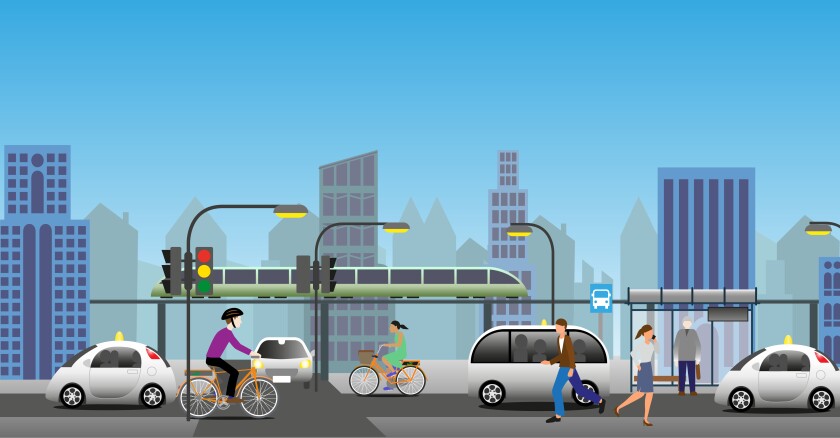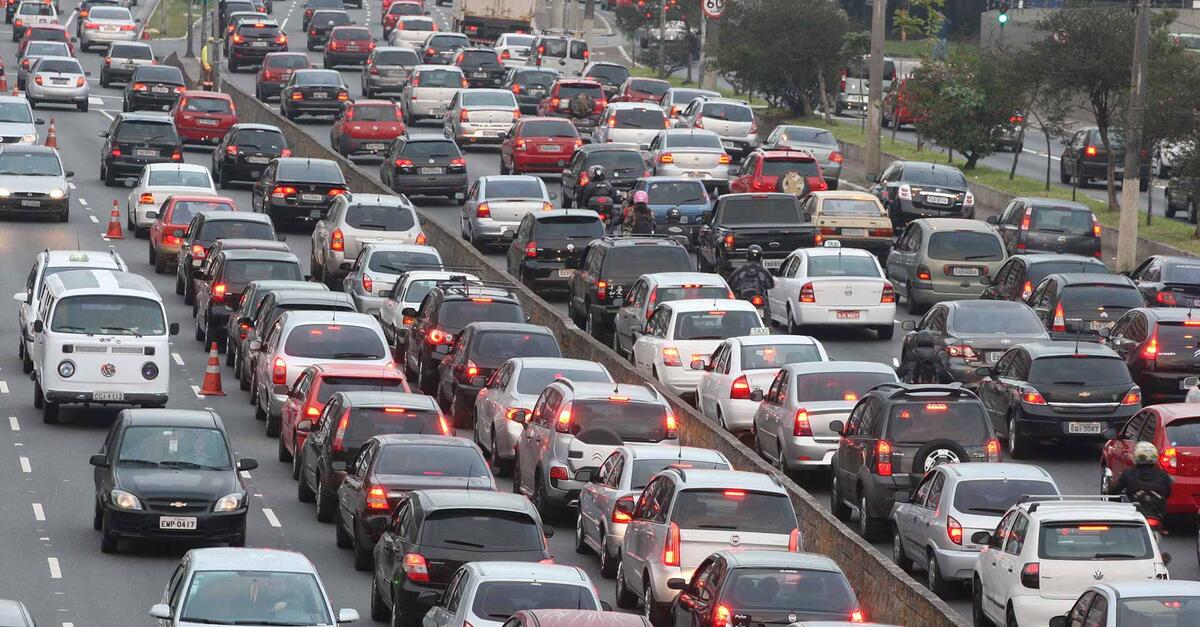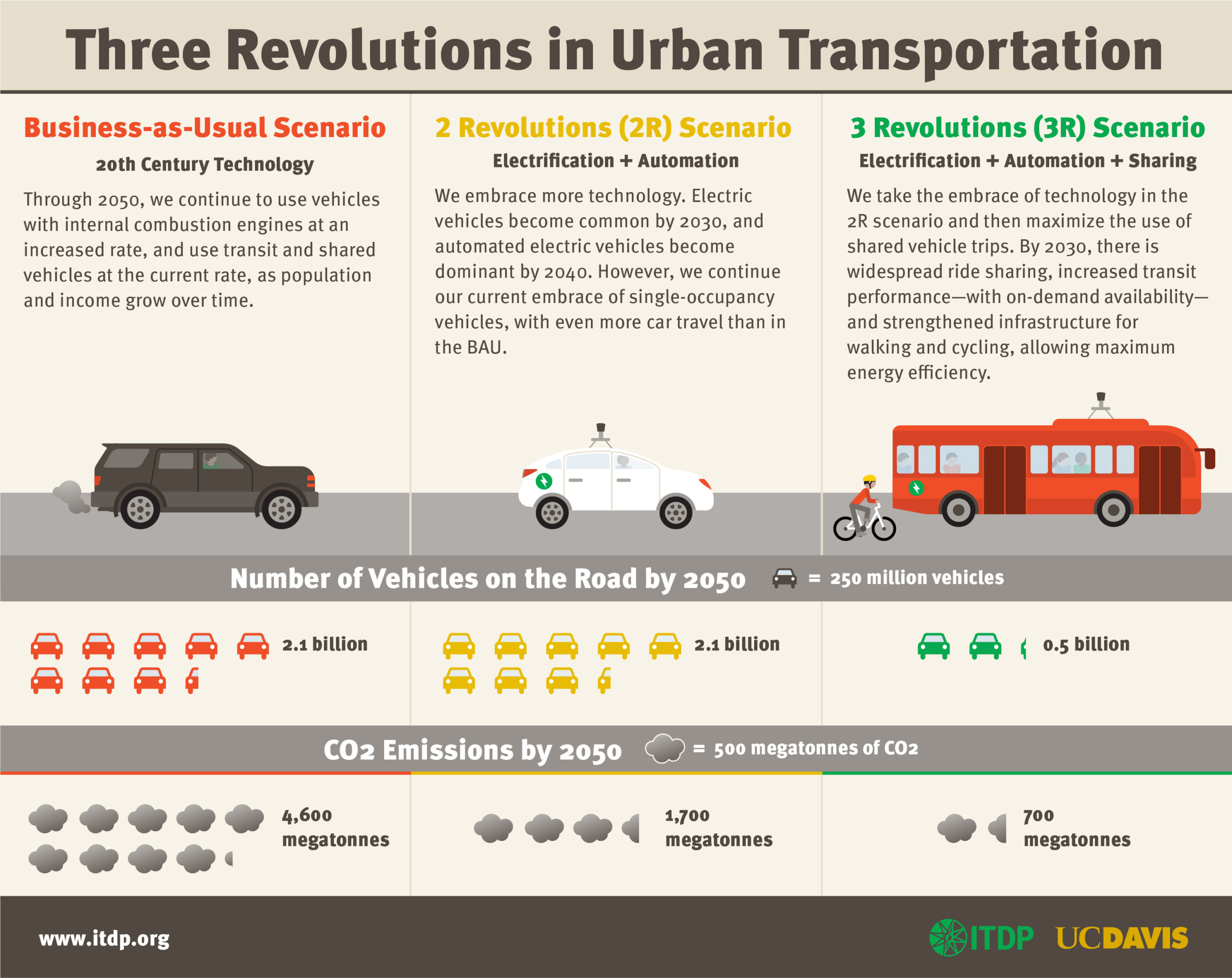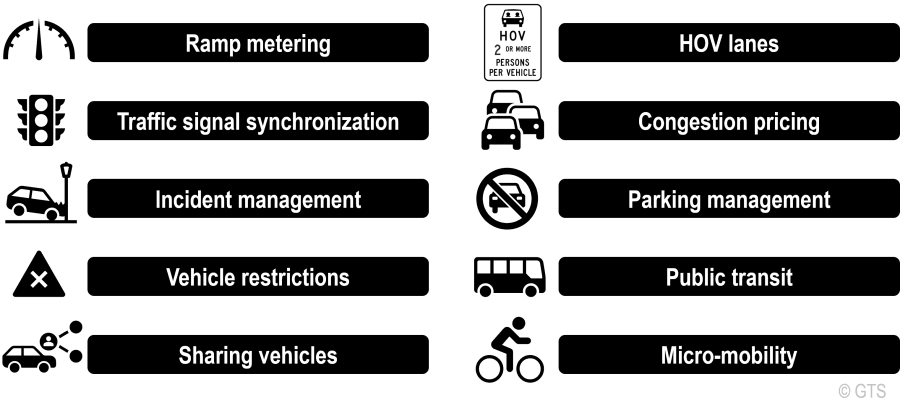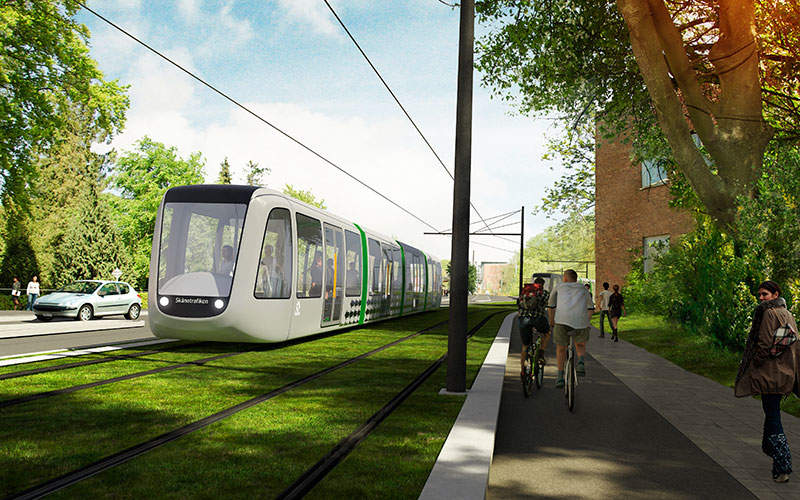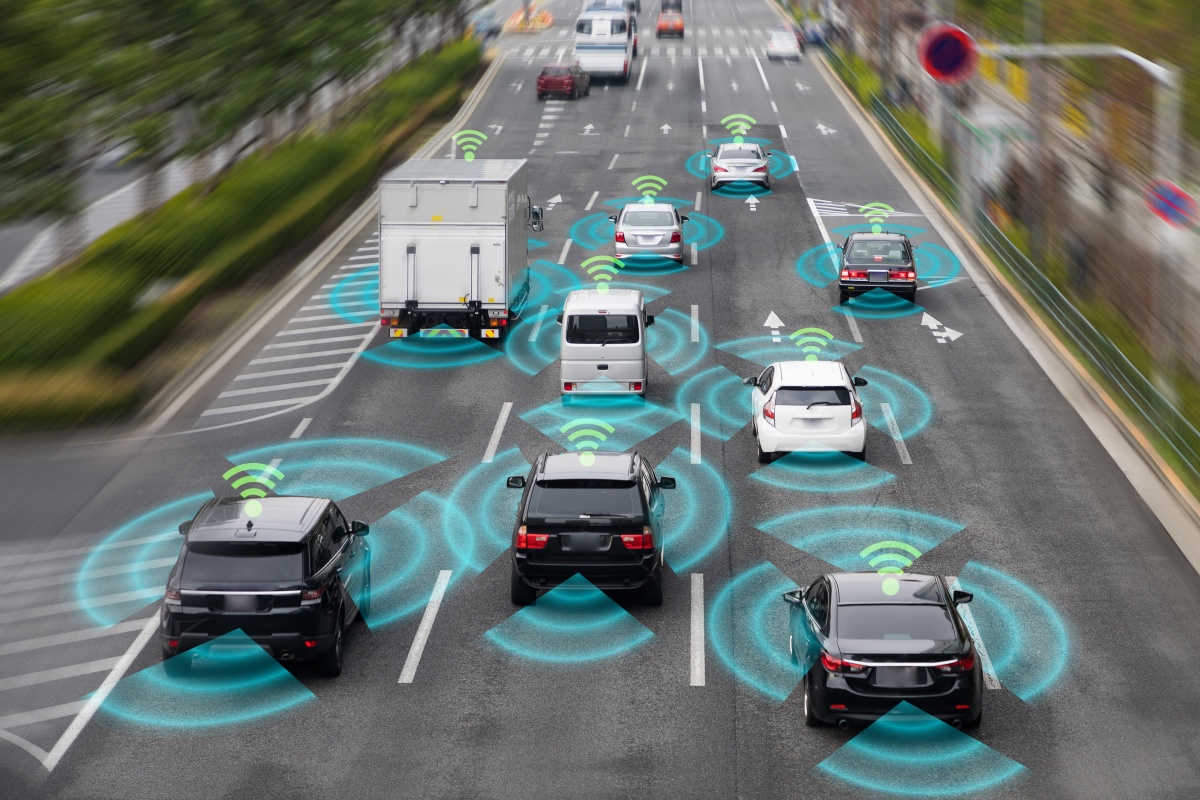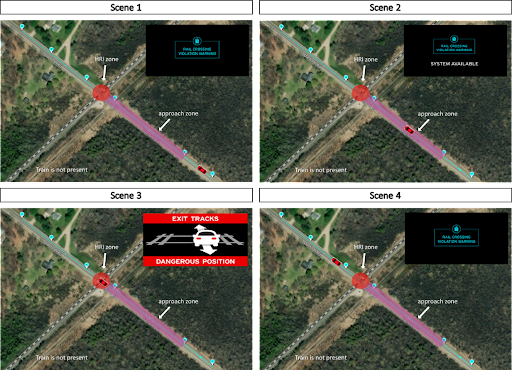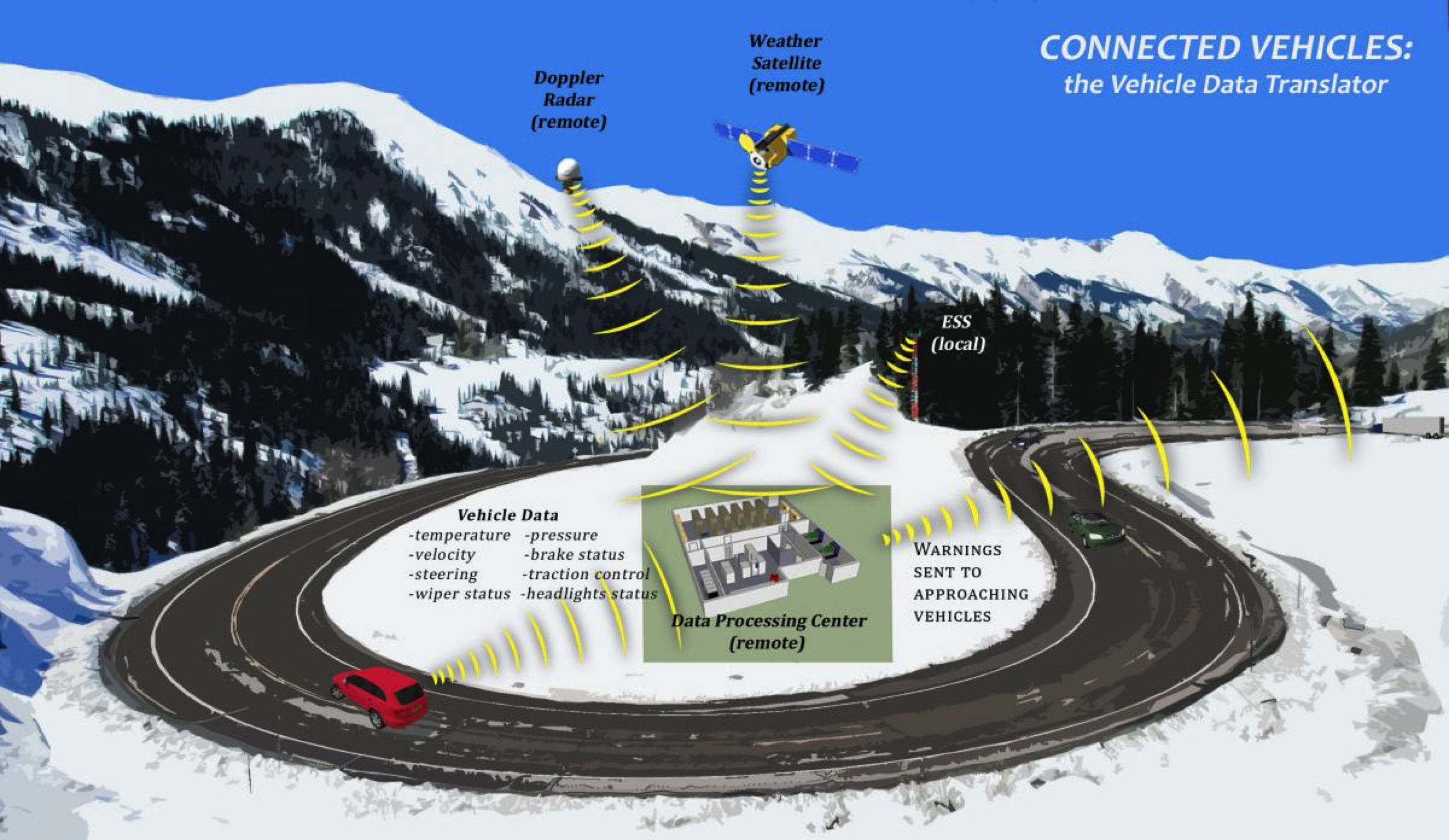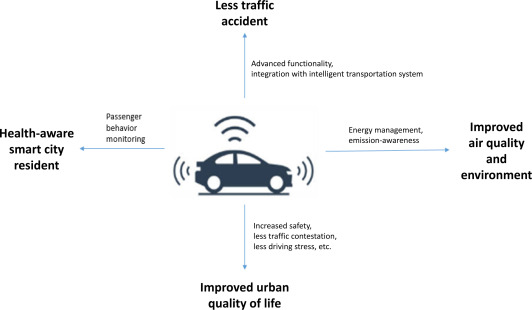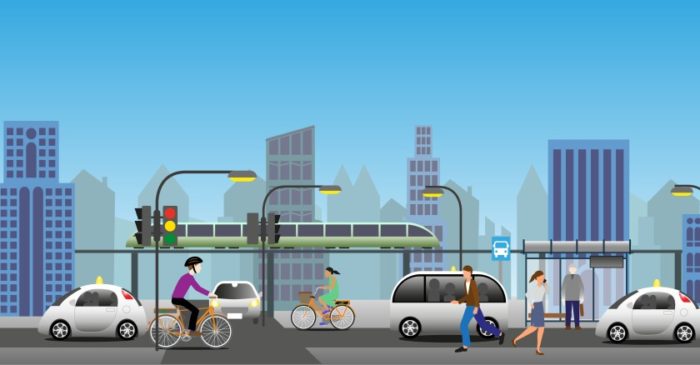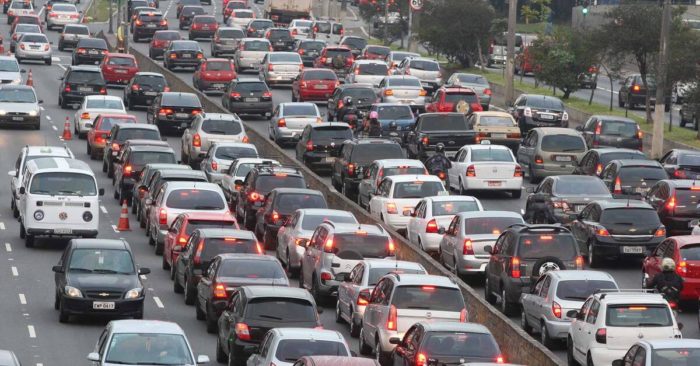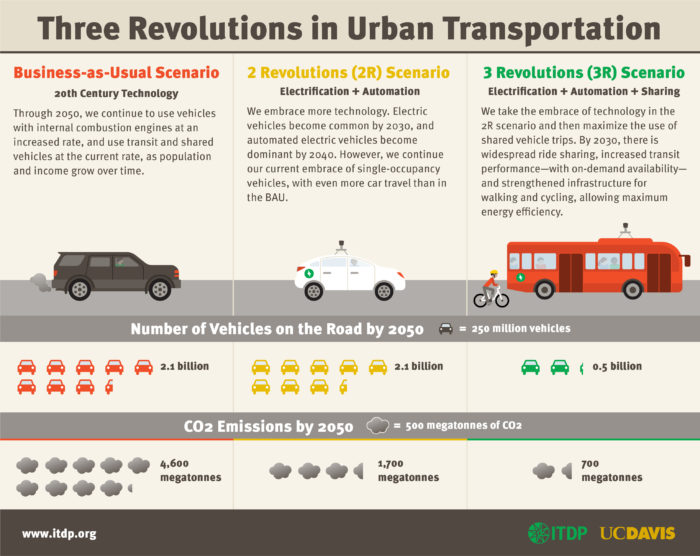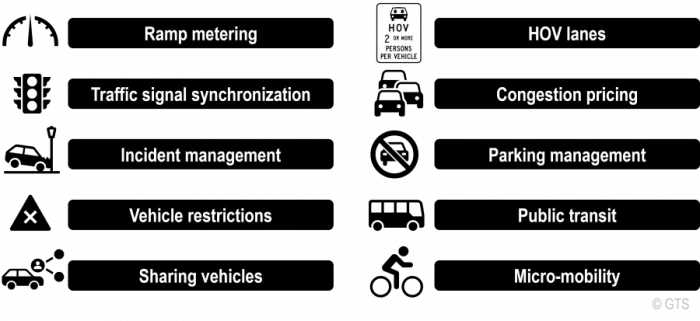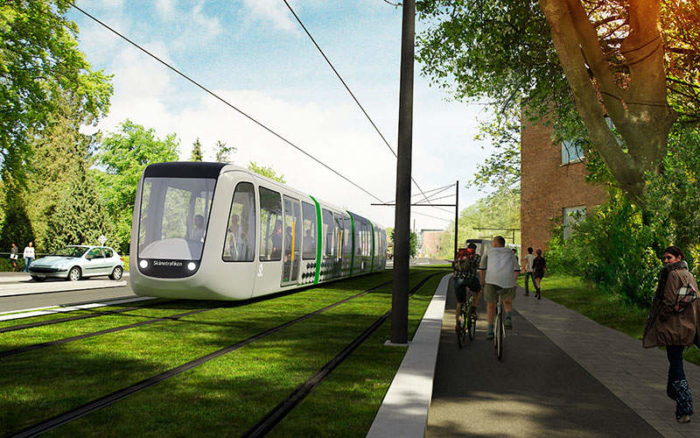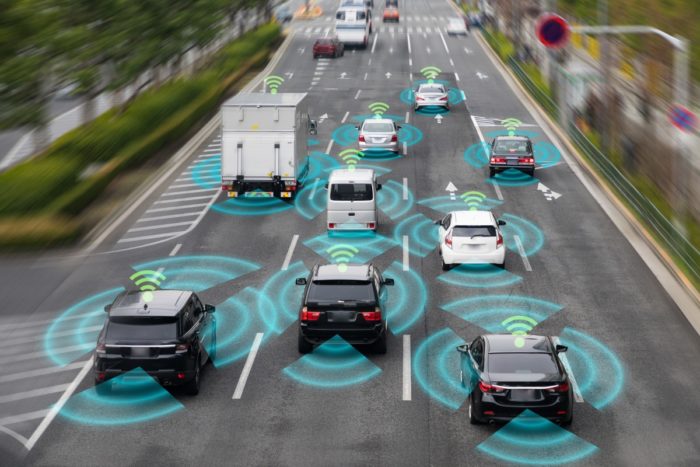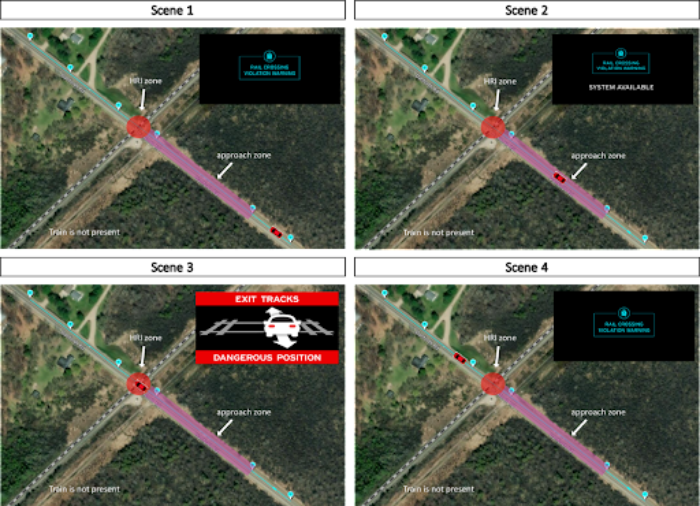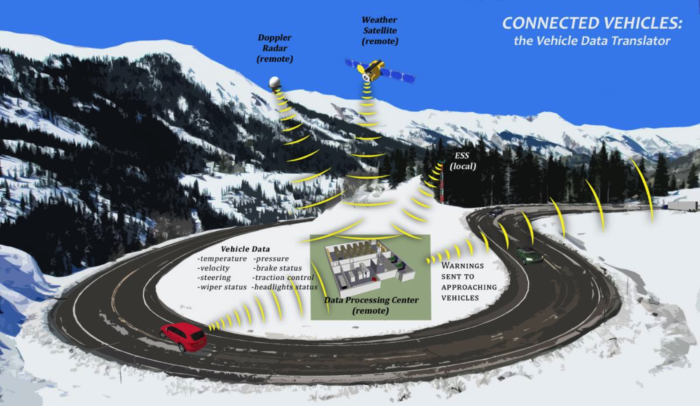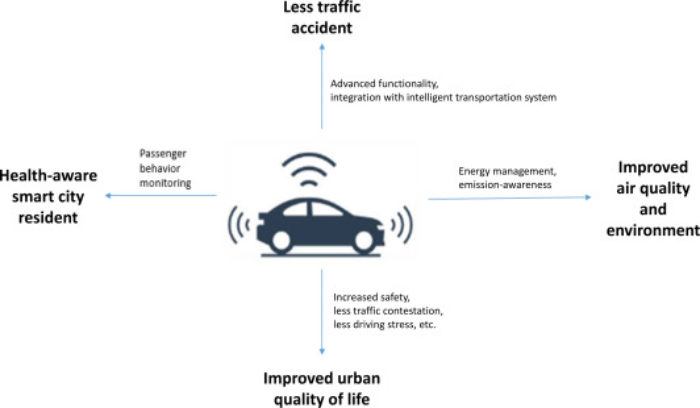Hyper-mobility seems to be a distinguishing feature of urban areas. Mobility flows have become a key dynamic of urbanization, with the associated infrastructure invariably constituting the backbone of urban form. Yet, despite the increasing level of urban mobility worldwide, access to places and activity; sites has become increasingly difficult. Not only is it less convenient in terms of cost, time, and comfort, but moving around in cities generates many negative externalities.
What is Urban Mobility, and What are its Benefits?
Mobility underpins everything we do as individuals, communities, and regional, national, and international economies. People need to move around to secure basic human needs, but mobility is also a luxury, contributing to the quality of life by enabling exploration, leisure, and recreation. High-quality mobility is necessary for other urban sectors’ success and for creating jobs in the city. It is critical to cultivating an attractive environment for residents and businesses.
Characteristics of Urban Mobility
Historically, mobility has been mainly viewed as a product, which includes the vehicles, physical infrastructure, and fuels required to move people around. Increasingly, however, mobility is approached as a service: the method by which we procure food, engage in economic activity, access entertainment, or meet with friends and family, all through seamless movements from place to place. How we fulfill these tasks is changing radically as we use mobile phones, the web, and video to manage our lives on the go.
Problems Facing Transportation in Cities
Yet mobility is widely cited as one of the most uncontrollable and universal challenges faced by cities worldwide. As the urban population increase, existing and emerging cities face the challenge of meeting rising demands for efficient mobility within limited infrastructure capacity. Simultaneously, citizens’ expectations are changing continually, influenced by ongoing innovations around low-carbon and efficient vehicle technologies and improvements in infrastructure management.
The combined influence of population growth, demographic change, and changing urban form leads to increasing demand for travel in city centers, suburbs, and between the two. The need for improved inner-city mobility is growing to create faster and more direct connectivity between settlements. As demand rises, so too do concerns about transportation as one of the leading contributors to global greenhouse gas emissions, congestion, noise, and poor air quality in cities.
This growing demand converges with an inadequate supply of physical transport capacity in many cities, which can result in crowding, congestion, and an unpleasant experience in the city. Meanwhile, in many developing cities, investment in infrastructure construction is struggling to keep pace with the rapid urban growth rate.
Mobility Systems for Tomorrow
New capabilities rely on physical and digital infrastructure, whose potential is only beginning to be realized. By supplementing urban planning and management practices with digital technologies, there is an opportunity to improve mobility services for citizens while managing demand on physical transport networks and generating broader economic and environmental value.
Thus, to meet the urban mobility challenge, cities need to implement a strategy of networking the system. This can be applied in mature towns with a high share of sustainable transport modes. The next step must be fully integrating the travel value chain to foster seamless, multimodal mobility while ensuring “one face to the customer” and increasing the overall attractiveness of public transport by service extension (Van, Korniichuk, and Dauby, 2014).
Connected Vehicles: The Future of Transportation
Imagine a future where vehicles talk to one another and critical infrastructure. This connected vehicle technology changes our transportation system as we know it by enabling safe network wireless communications among vehicle infrastructure and personal communication devices. These vehicles are characterized by the following:
1. Safety:
Connected vehicles provide drivers with 360 degrees of awareness of similarly equipped vehicles. This secure system keeps personal information anonymous and does not trap the car. Drivers will receive warnings that inform them of potential hazards through a visual display seeking vibration. These warnings keep the driver in control of the vehicle at all times and can help him respond quickly to avoid potential crashes. For example, the “intersection movement assist” application warns the driver when it is unsafe to enter an intersection.
Also, the “do not pass” application warns the driver when it is unsafe to pass a slower-moving vehicle. The “emergency electronic brake light warning” application notifies the driver when out-of-sight vehicles ahead are braking. Imagine the value of this blind spot warning application, which lets commercial drivers virtually see what’s happening in their blind spot. Connected vehicles can communicate with intelligent road infrastructure like railway crossings to alert drivers when a train is coming, even if the driver cannot see or hear the approaching train.
2. Road Weather:
Connected vehicles can help with weather-related traffic and safety issues too. This is especially true with conditions like black ice, where weather may not appear dangerous, but the roads are slippery. Anonymous information is collected from multiple connected vehicles, which can help to determine one of the tension hazards that exist, such as icy roads, and warn drivers how they experience them.
Road weather from the vehicles can be sent to traffic management centers or TMCs, providing detailed real-time information to help monitor and manage transportation system performance. These centers can act by adjusting traffic signals and speed limits, dispatching sand trucks, and broadcasting warnings to motorists. Drivers can get real-time weather information on car displays by dialing 511 or listening to highway radio stations. Moreover, motorists can get weather information on their devices before leaving home.
3. Environment:
Connected vehicles can even help us to reduce our carbon footprint and facilitate green transportation choices. Ecolanes are similar to today’s VE lanes but with a big difference. Motorists in these lanes drive eco-friendly vehicles and a speed that conserves fuel. Drivers will be altered about the proper pace with dynamic message signs.
Connected vehicle applications can help vehicles reduce unnecessary things by communicating with intelligent traffic signals. Traffic signals broadcast data about their current signal phase, timing, and systems inside. Cars use the data to determine speeded drive for drivers. Drivers then could adjust their vehicle speed to pass the next traffic signal on green or stop in the most eco-friendly manner. Thereby saving fuel, reducing emissions, and saving driver’s money.
4. Emergency:
Connected vehicles can enhance awareness of expected roadside incidents like disabled vehicles, crashes, police activity, etc. Incident zone warnings will alert drivers about incidents ahead and warn them to slow down and change lanes. Communications could also be sent to first responders at the scene via shoulder radios to warn them of the approaching vehicle. Connected vehicle technology can help control traffic flows and reduce congestion at accident sites before it gets out of hand.
5. Mobility:
With millions of connected vehicles, our ability to share buses will continue improving the traffic flow, enhancing transit coordination, and making our communities even more safe and livable. The “connection protection” application allows public transportation providers and travelers to communicate in two ways. The connected network gives passengers real-time transit information to predict more accurately when they will make their next connection. “Dynamic ride sharing” application makes the logistics of ride-sharing effortless by connecting vehicles.
Finally, we can say that urban transport systems worldwide face many challenges. Planning and design for future urban mobility argue that developing urban transport systems requires a conceptual leap. The primary purpose of ‘transportation’ and ‘mobility’ is to gain access to destinations, activities, and goods. So the question is how to bring people and places together by creating cities that focus on accessibility and applying new technologies in urban mobility like smartphones and connected vehicles.
